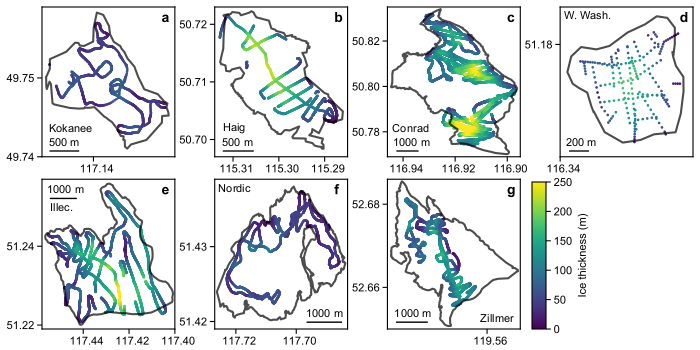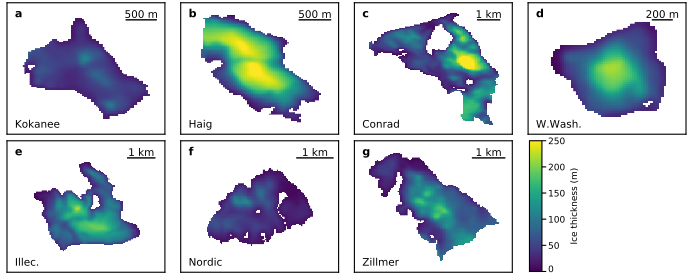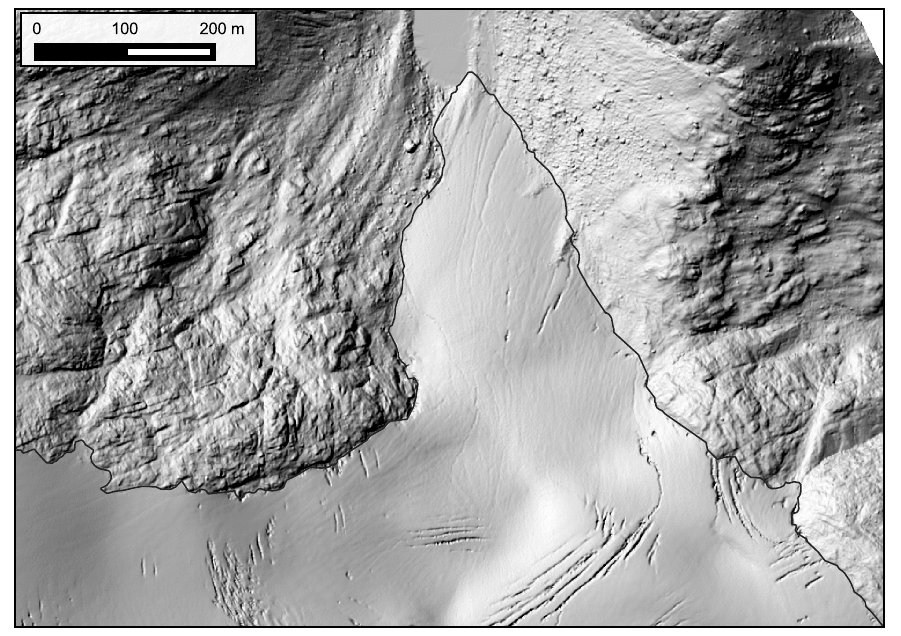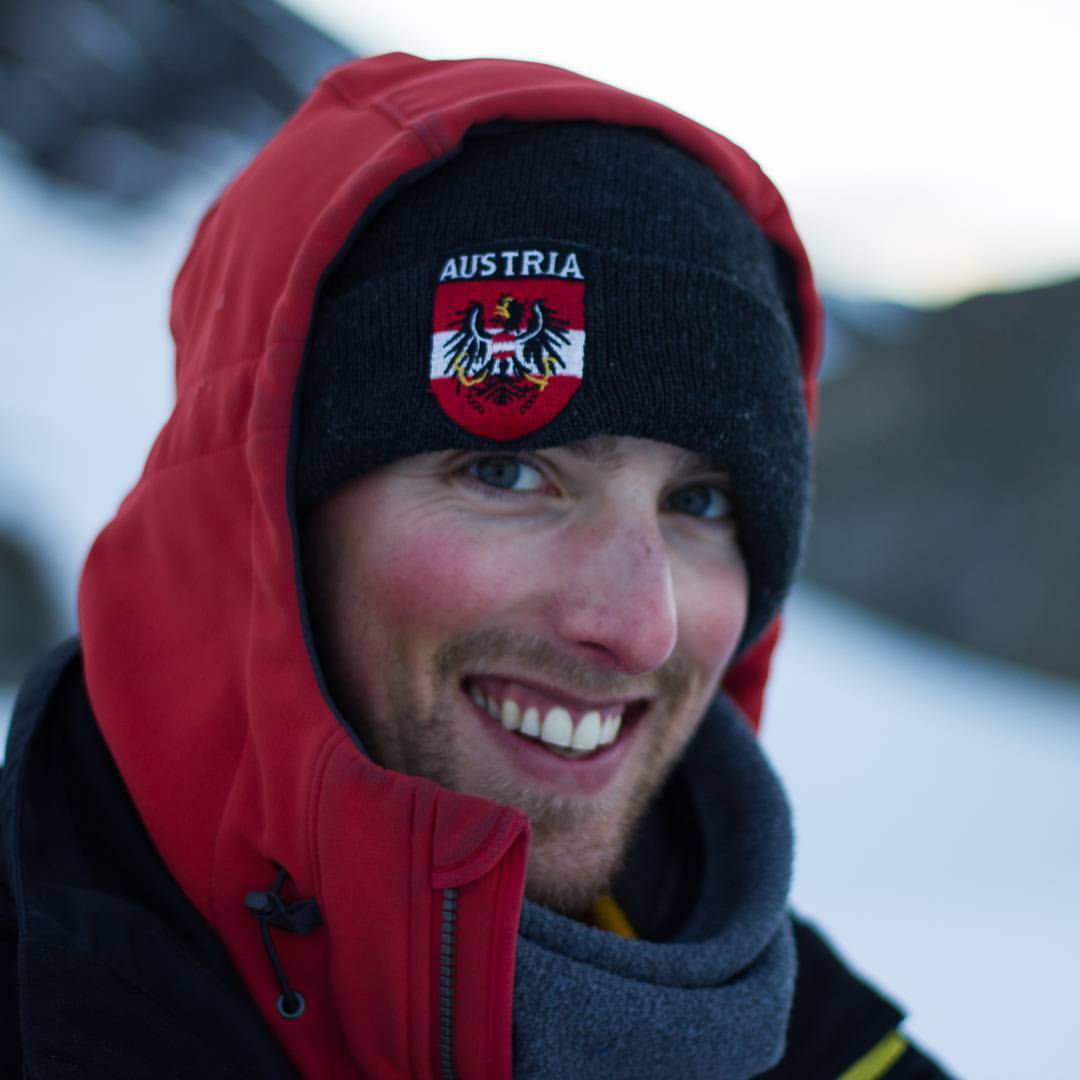Research
My research interests are broad and varied, I am most passionate about the nexus of climate and the cryosphere, particularly relating to water resources. I am most interested in collecting quality observational data to better inform and validate geodetic data to examine large-scale glacier change, and to use direct observations and remote sensing to calibrate and validate local- to regional- scale physical models of glacier evolution. These topics are outlined here:
Hydrologic change in mountain catchments
My current research project at UBC with Dan Moore is titled “Cumulative effects of climate and land cover change on river flows in mountain catchments”. We are studying the Bridge headwater catchment of the Bridge River, where the 75 km2 Bridge Glacier is located. I recently presented a poster on this research at the AGU conference: Poster PDF.
Glaciological and geodetic mass balance

Relevant publications:
- Pelto et al., (2019) Multi-year evaluation of airborne geodetic surveys to estimate seasonal mass balance, Columbia and Rocky Mountains, Canada
- Menounos et al. (2020)
Ice dynamics modeling at local and regional scales
Pelto et al. (2020) Bias-corrected estimates of glacier thickness in the Columbia River Basin, Canada.


Relevant publications: Pelto et al., 2020.
Mass balance gradients from ice flux
Currently in review in the Journal of Geophysical Research
Current Projects
- Cumulative effects of climate and land cover change on river flows in mountain catchments (2020-2022, Postdoc)
- BC Parks Living Labs: Kokanee Glacier mass balance (2020-2022, co-PI)

- Surface mass-balance gradients from elevation and ice flux data in the Columbia Basin, Canada (2020-2021, PhD)
Past Projects
- Canadian Columbia Basin Glacier and Snow Research Network(2014–2020, PhD)
- Pelto et al., 2020 (2015–2020, PhD)
- Pelto et al., (2019) Multi-year evaluation of airborne geodetic surveys to estimate seasonal mass balance, Columbia and Rocky Mountains, Canada (2014–2019, PhD)
Grants
- BC Parks Living Labs: Kokanee Glacier mass balance (2021-2022, co-PI, $10,000)
- BC Parks Living Labs: Kokanee Glacier Climate Project (2020-2021, co-PI, $10,000)
Panorama: The upper portion of the valley tongue of Conrad Glacier in 2018.

